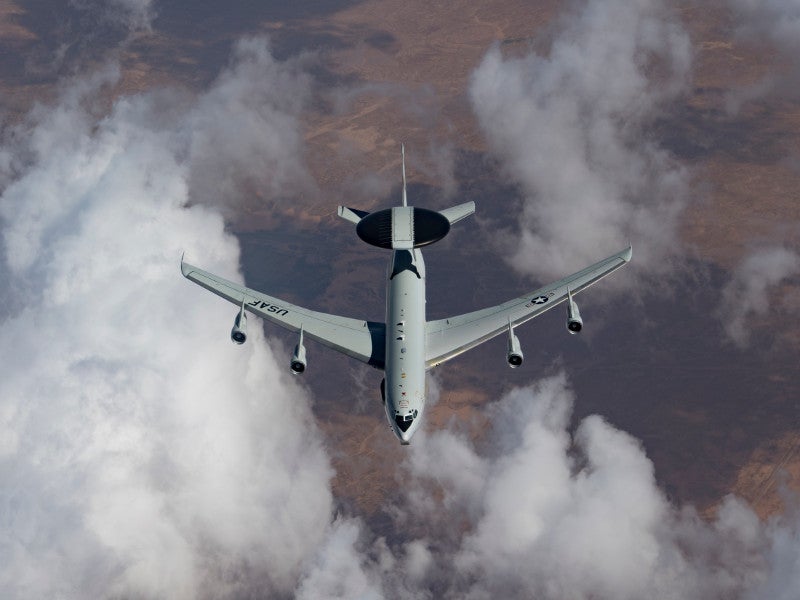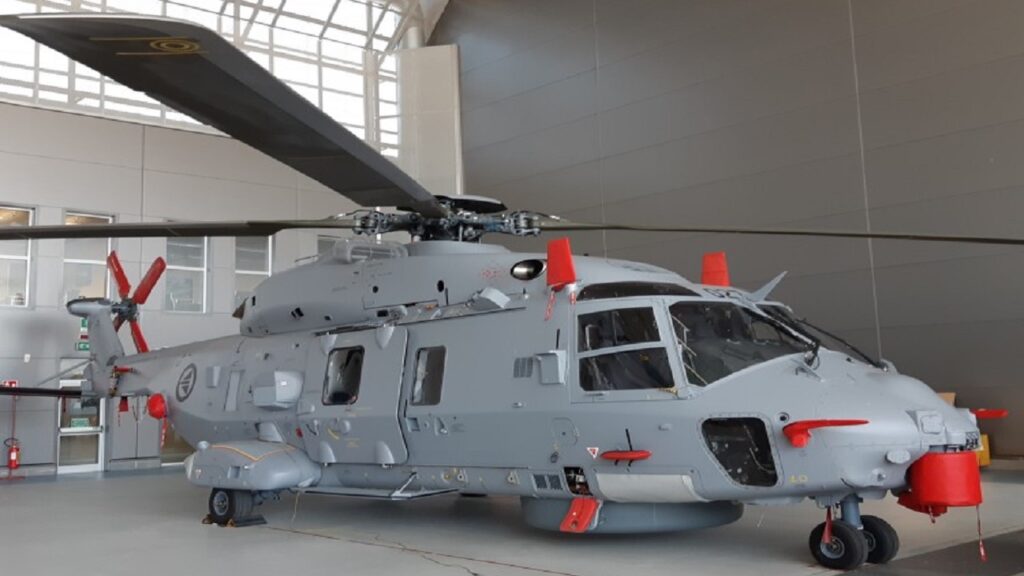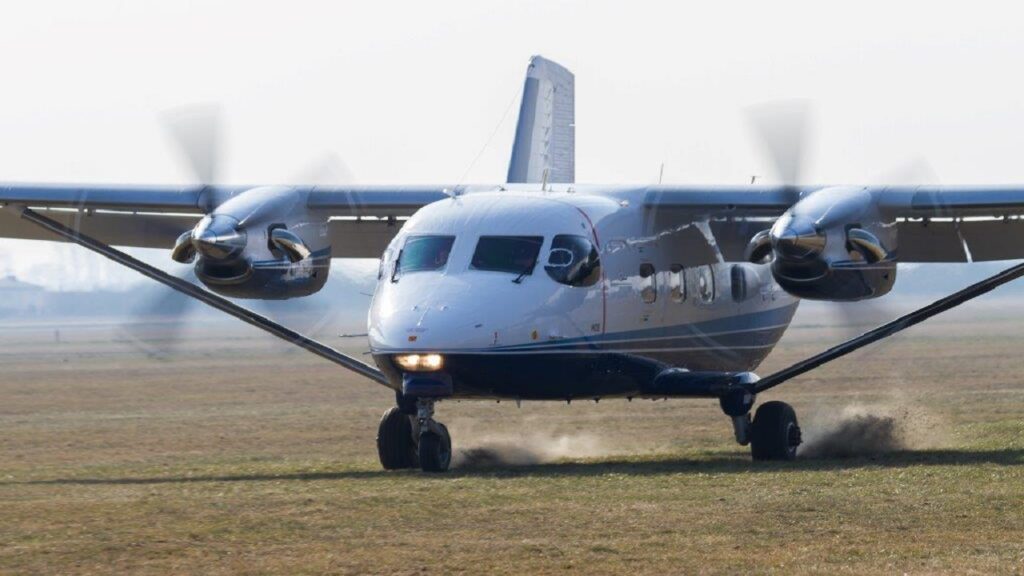
The E-3 airborne warning and control system (AWACS) is built by Boeing Defense & Space Group. The role of the E-3 is to carry out airborne surveillance and command, control and communications (C3) functions for tactical and air defence forces.
In the USA, the aircraft carries the designation E-3 AWACS. The UK designation is E-3 Sentry AEW (airborne early warning) and the French designation is E-3 SDA.
The first E-3 entered service with the United States Air Force (USAF) in March 1977. Deliveries were concluded in June 1984. A total of 33 aircraft are in service with the USAF, seven with the UK Royal Air Force, four with the French Air Force, and five with Saudi Arabia.
E-3 deliveries to the UK began in March 1991 and were completed in May 1992. Deliveries to the Royal Saudi Air Force commenced in June 1986 and concluded in September 1987. The French Air Force received the first E-3 in May 1991 and the last aircraft in February 1992.
The Nato airborne early warning force, established in 1980, has a fleet of 14 E-3A aircraft.
E3 AWACS radar surveillance capability
The E3 look-down radar has a 360° view of the horizon, and has a range of more than 320km at operating altitudes. The radar can detect and track air and sea targets simultaneously.
In a tactical role, the E-3 can detect and track hostile aircraft operating at low altitudes over any terrain, and can identify and control friendly aircraft in the same airspace. In the strategic defence role, the E-3 provides the means to detect, identify, track and intercept airborne threats.
During the 1990 to 1991 Operation Desert Storm, 845 AWACS sorties were flown and Nato E-3s also played a major role in the United Nations’ enforcement of the no-fly zone over Bosnia and during the Kosovo crisis. AWACS aircraft were also used by the USAF during Operation Enduring Freedom in Afghanistan in 2001 and Operation Iraqi Freedom in 2003.
E-3 upgrades and block modernisation
USAF awarded a contract to Boeing in November 1997 to build and examine upgraded mission systems for the NATO E-3 fleet. Various systems such as computers, displays, communications, navigation and target identification were installed on the first of the Nato E-3 fleet under the $1.32bn Midterm Modernization Program. Work on the programme was completed in November 2006.
The USAF Block 30/35 modernisation programme included the following upgrades: provision of GPS (global positioning system) navigation, enhanced computer memory, installation of a JTIDS (joint tactical distribution system) Class II terminal and ESM (electronic support measures) equipment.
The USAF Block 40/45 upgrade programme includes new open architecture PC-based mission systems, upgraded communications and navigation systems and enhanced electronic support measures. Boeing was awarded the system development and design (SDD) contract for the programme in 2003 and the first flight of the upgraded aircraft was in July 2006. The SDD phase was successfully completed in September 2008. Boeing was awarded a low rate initial production (LRIP) contract for three E-3 AWACS aircraft in 2009. The contract work on the first aircraft began in November 2010 and was completed in September 2011. Full operational capability of all 33 aircraft in the USAF fleet was scheduled for 2016.
In January 2006, Boeing and Lockheed Martin were awarded contracts to conduct technology demonstrations to upgrade the mission systems on the UK Royal Air Force’s seven E-3D Sentry AWACS, under the Project Eagle programme.
In September 2007, Boeing was awarded a $49.2m contract to upgrade the communications systems of Saudi Arabian fleet of five E-3 AWACS aircraft with Link 16 secure digital datalink, which endorses the transmission of messages and imagery while rendering additional channels for digital voice.
The first upgraded aircraft was rolled out in July 2008 and the remaining four were completed by December 2009. In December 2007, Saudi Arabia requested the sale of upgraded mission equipment for five aircraft including the Radar System Improvement Program (RSIP) kits. As of September 2011, France, UK, US and Nato have installed the RSIP kits into their fleets.
In September 2008, France requested the upgrade of its four aircraft to the Block 40/45 configuration. Boeing was awarded a $38m contract in June 2017 to upgrade the French AWACS aircraft.
Boeing received a $1bn contract in November 2019 to modernise the AWACS fleet operated by NATO to keep the aircraft in service until 2035. Nato is looking for a suitable platform to replace the ageing E-3 aircraft in 2035. The UK is also acquiring five E-7 Airborne Early Warning and Control (AEW&C) from Boeing to replace the E-3D platforms.
In November 2018, the US Air Force cancelled a contract awarded to Boeing to upgrade the radar on the aircraft over delays in the development of hardware and software for the system.
Boeing was contracted in October 2017 to update Saudi Arabia’s E-3 AWACS aircraft fleet. The company completed a series of upgrades to improve radar capabilities of the aircraft under the RSIP initiative in May that year.
E-3 aircraft features and layout
E-3 has four flight crew (two pilots, navigator and flight engineer) and E3B and C aircraft have 18 AWACS officers and crew, the E-3A 13.
The basic E-3 aircraft is a militarised version of the Boeing 707-320B commercial jet airframe, distinguished by the addition of a large, rotating rotodome containing the main radar, identification friend or foe (IFF) and data-link fighter-control (TADIL-C) antennas.
The layout of the equipment in the fuselage is arranged in bays with areas allocated for communications, signal and data processing, command and control consoles, navigation and target identification systems.
Signal and data processing is carried out on a high-speed powerful IBM 4PiCC-1 computer.
The aircraft is equipped with 14 command and control consoles fitted with high-resolution colour displays supplied by Hazeltine.
In November 2006, Northrop Grumman was awarded a $104.6m contract by the USAF to provide the AN/AAQ-24 large aircraft infrared countermeasures (LAIRCM) self-protection system for the NATO fleet of 17 E-3A AWACS.
AN/APY-1/2 AWACS radar
The primary radar housed in the rotodome is the Northrop Grumman AN/APY-1/2 AWACS radar. The radar transmitters, computers and display stations are housed within the fuselage.
The radome scans at six revolutions a minute. When the radar is not operating the radome rotation rate is set at one revolution every four minutes. The radar is multi-mode using powerful interleaving and de-interleaving algorithms.
The main operating modes are: pulse Doppler non-elevation scan (PDNES) for surveillance of airborne targets; pulse Doppler elevation scan (PDES) to determine the target elevation; beyond the horizon pulse radar mode; receive only mode for passive operation; standby mode; and maritime mode, which uses very short pulse width for the detection of surface ships.
Boeing, with the electronic sensors and systems division of Northrop Grumman as subcontractor, carried out an E-3 AWACS RSIP, which upgrades the capability of the AN/APY-1/2 against threats from small radar cross section targets, cruise missiles and electronic countermeasures.
The improvement in sensitivity against small and stealthy targets is achieved through the installation of a new surveillance radar computer (SRC) to replace the digital Doppler processor and radar correlator, and the translation of the associated software into ADA language. RSIP installation was completed on the Nato (17) and UK (seven) aircraft in 2000, on France (four) in 2006 and on the 33 USAF E-3 AWACS in April 2005.
The AN/APX-103 interrogator, supplied by the Telephonics Corporation, provides both civil and military identification friend or foe (IFF) operation and instantaneously provides a data set on all targets within the radar range. The data includes IFF status, range, azimuth and elevation position and code identification. Telephonics won a contract in March 2019 to build AN/UPX-40 next-generation IFF interrogators for Saudi E-3 Sentry aircraft.
Engines
The USA and Nato E-3 AWACS aircraft are powered by four Pratt and Whitney TF-33-PW-100/100A turbofan, 21,500lb-thrust jet engines, mounted in pods under the wings. The E-3 AWACS aircraft for Saudi Arabia, UK and France are powered by four CFM International CFM-56-2A-2/3 turbofan engines, developing 24,000lb thrust. The higher power CFM-56 engines allow aircraft operation at higher altitudes, extending the horizon for radar surveillance.
The fuel tanks in the wings have a capacity of 90,500l, which give an unrefuelled range of more than 9,250km and a flight endurance of 11 hours. For increased range the aircraft is equipped with an in-flight refuelling probe and receptacle.



